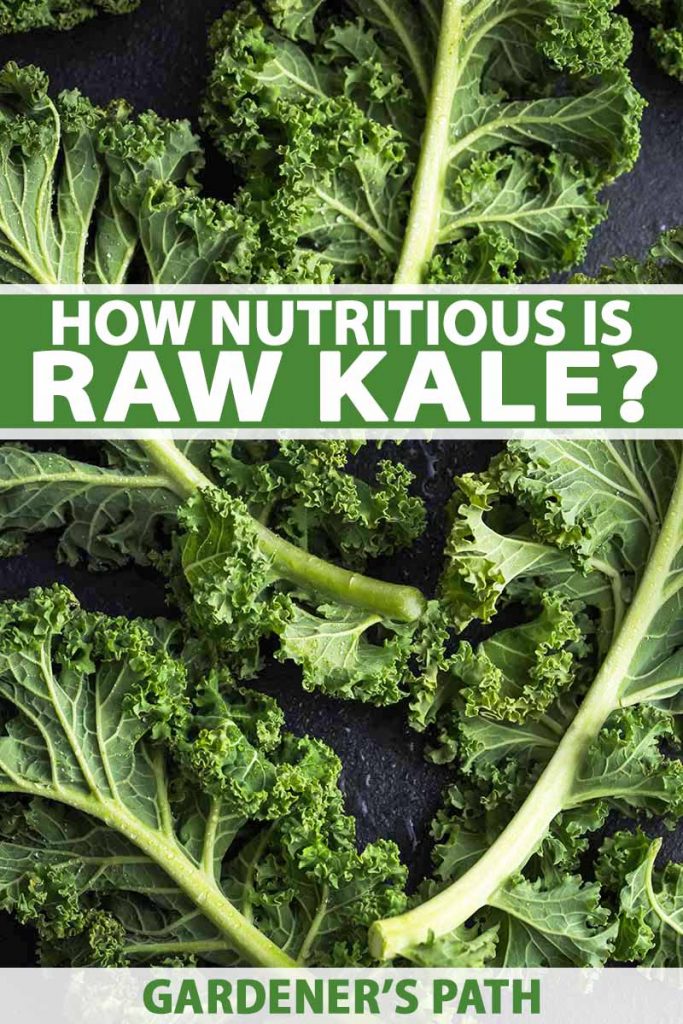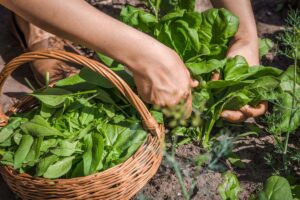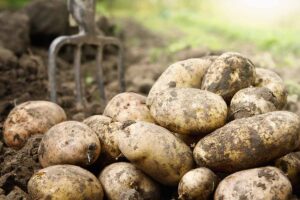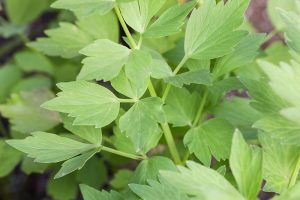Often referred to as a superfood, kale is a popular leafy green that’s packed full of essential nutrients.
Despite often being grouped in with and compared to spinach, it is actually part of the cabbage family. It’s also considered a Brassica or cruciferous vegetable, along with broccoli, cauliflower, and brussels sprouts.
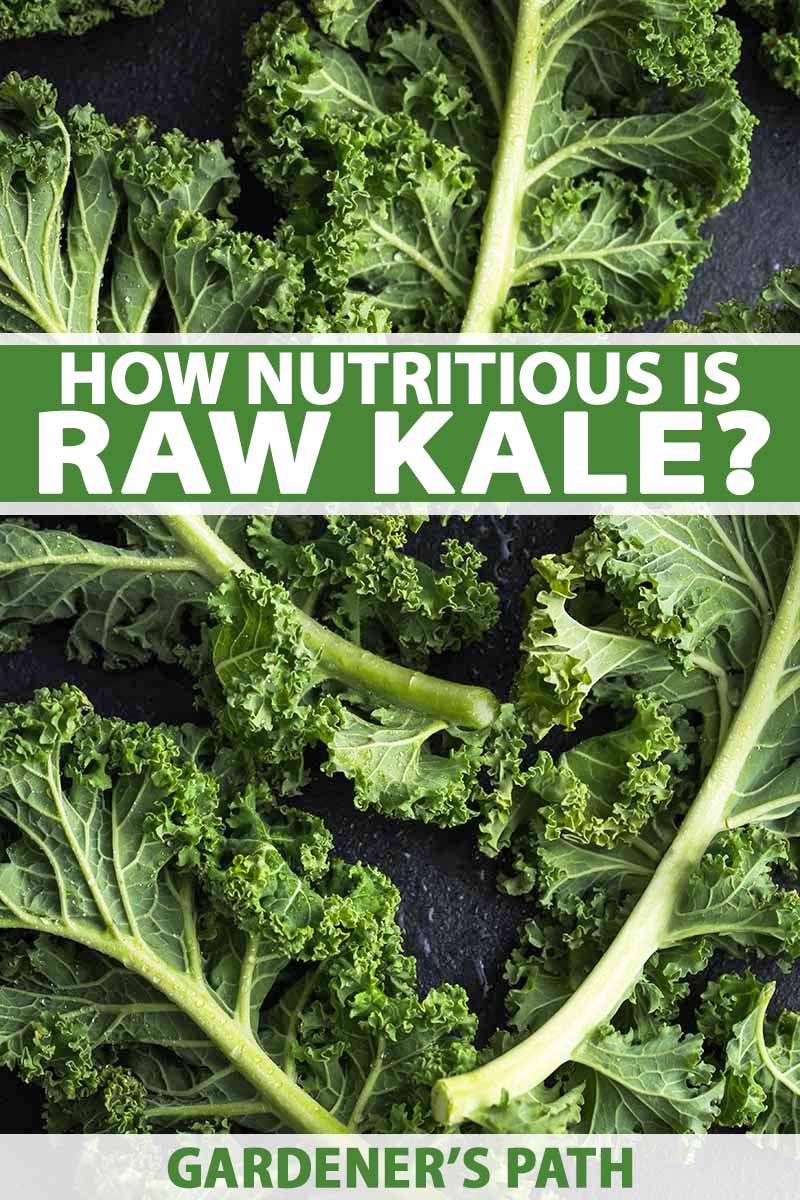
We link to vendors to help you find relevant products. If you buy from one of our links, we may earn a commission.
This article will take a closer look at the nutritional composition and potential health benefits of eating raw kale, plus a comparison to its cooked counterpart and some additional items to keep in mind.
Here’s what’s to come:
How Nutritious Is It?
Let’s dig in!
Nutritional Composition
Kale is considered a nutrient-dense food as it’s low in calories, yet high in some essential nutrients.
One cup of the raw vegetable contains just 7 calories, and it is an excellent source of two nutrients in particular:
Vitamin K
Essential for blood clotting, vitamin K also plays an important role in bone health. One serving provides 68% of the daily value (DV).
Vitamin C
In addition to keeping your immune system going strong, vitamin C helps with wound healing, iron absorption, collagen formation, and the maintenance of bone, teeth, and cartilage. One serving of this leafy green provides 22% of the DV.
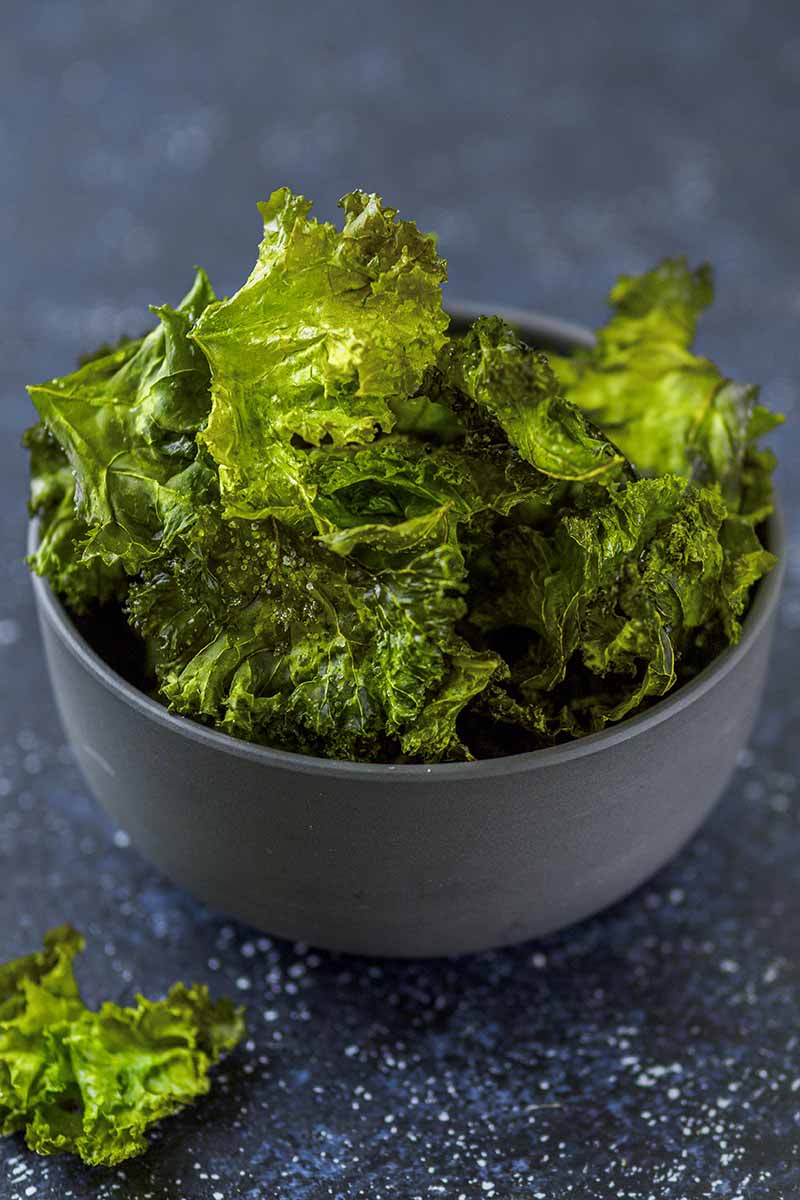
In fact, this superfood contains 4.5 times more vitamin C than spinach! But what’s even more impressive is its antioxidant content, which we’ll get to next. Vitamin C also acts as an antioxidant.
Other Vitamins and Minerals
This popular leafy green is also a good source of vitamin A, and several B vitamins – which are important for energy and metabolism – as well as potassium, manganese, iron, magnesium, zinc, and copper.
And remember, that’s all for just 7 calories!
Rich in Antioxidants
Antioxidants are compounds that help protect your cells from damage caused by molecules called free radicals.
As a result, diets high in antioxidants have been associated with reduced risk of several diseases, including heart disease, Alzheimer’s, and certain forms of cancer.
In a 2012 study, kale was found to contain more antioxidants than any of the other cruciferous vegetables measured, including broccoli, brussels sprouts, cabbage, and cauliflower.
The study also found it to be high in a few specific antioxidants, including vitamin C as well as:
Lutein and Zeaxanthin
These are two types of carotenoids that are essential for eye health. In addition to protecting eye cells against damage from free radicals, they also help filter out blue light waves, which can increase our risk for macular degeneration. Sources of blue light include sunlight as well as TV, smartphones, and computer screens.

Leafy greens are some of the best sources of lutein and zeaxanthin, including spinach, collard greens, and Swiss chard. Broccoli and brussels sprouts are also high in these antioxidants.
Quercetin and Kaempferol
These are two types of flavonoids that are anti-inflammatory, and shown to help promote heart health and protect against certain forms of cancer.
Other good sources include onions, spinach, hot peppers, broccoli, and tomatoes.
Cooked vs. Raw
A 2019 study published in the International Journal of Food Science and Nutrition found that cooking results in a significant loss of several nutrients, including antioxidants, vitamin C, and many minerals.
However, the study also found that steaming resulted in the greatest retention of antioxidants and minerals compared to four other cooking methods – boiling, microwaving, pressure cooking, and vacuum cooking.

Now, this isn’t to say that the cooked vegetable is unhealthy by any means.
In fact, cooked kale is still a highly nutritious option. Plus, for those who are sensitive to bitter flavors, cooking can make the leaves less bitter and more appetizing.
Vitamin K is a fat-soluble vitamin, which means it’s absorbed better when consumed along with fat. So, to increase the absorption of this important nutrient, I recommend eating your leafy greens with a source of healthy fat such as extra-virgin olive oil, avocado, or slivered almonds.
Those with Hypothyroid Disease May Want to Limit Intake
A final note on cooked versus raw leafy greens: raw kale contains a compound called goitrin.
Goitrin is a compound found in cruciferous vegetables that has the potential to lower iodine levels and impair thyroid function.
However, research has shown that moderate intake of cruciferous vegetables does not affect thyroid function in healthy adults.
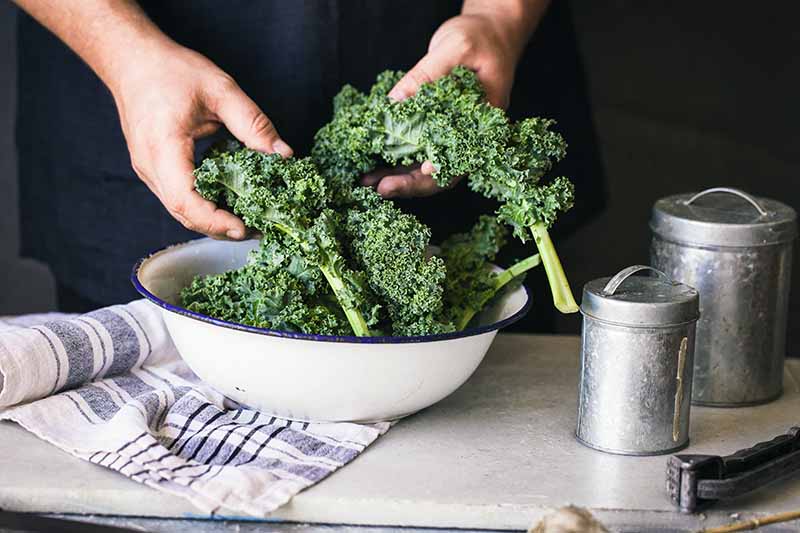
While there’s no set definition of “moderate,” a 2016 report published in Nutrition Reviews found an intake of 2.2 pounds of raw kale daily for several months was associated with changes in thyroid function in otherwise healthy adults.
That’s a lot to consume on a regular basis!
Still, for those with hypothyroidism or issues maintaining iodine levels, cooking may be a better option.
A study published in the Journal of Clinical and Diagnostic Research found that the cooking process helps break down an enzyme that’s needed for goitrin activation. Or in other words, cooking greatly reduces goitrin’s effects.
A Highly Nutritious Addition to Your Diet
Overall, given its very low calorie content, kale is one of the most nutrient-dense foods out there.
Plus, as it can be enjoyed both raw and cooked, it’s incredibly versatile. Whether you put it in smoothies and salads, bake it into chips, or steam it and toss with olive oil and garlic, you’ll love this nutritious and tasty addition to your diet.
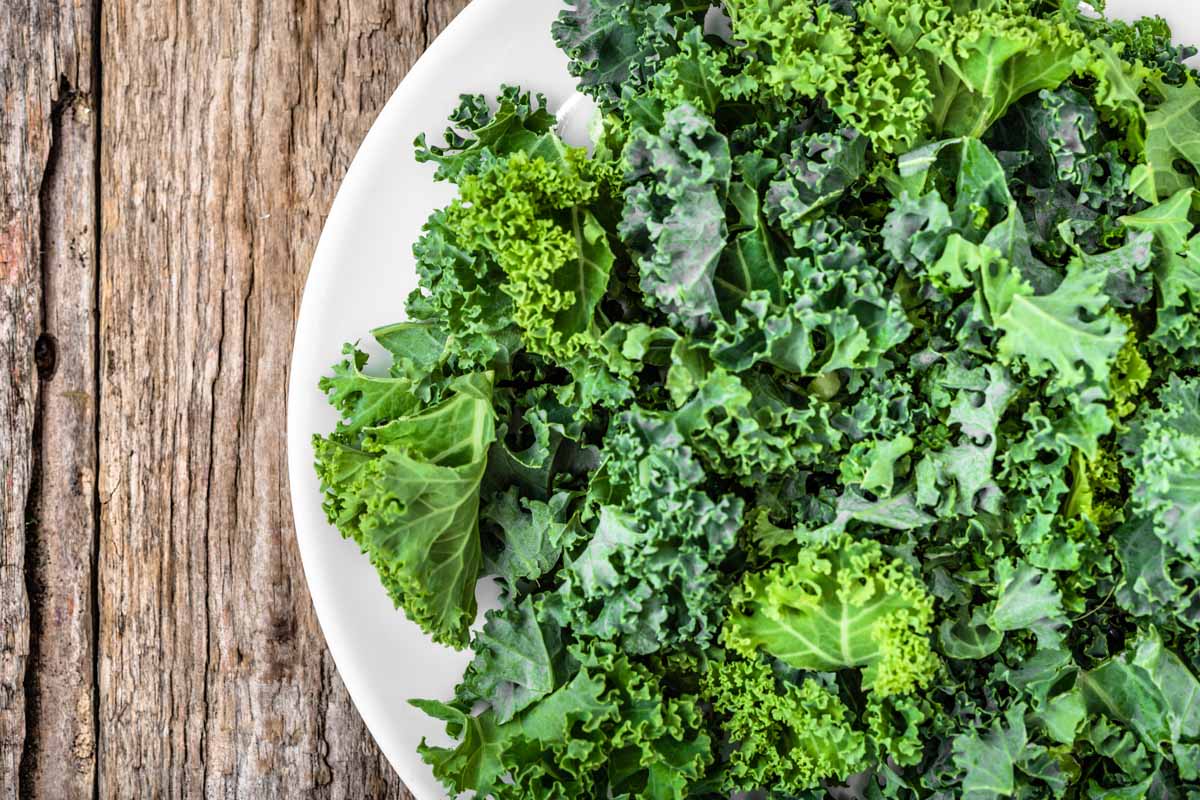
Looking for ways to eat more leafy greens? Be sure to check out the selection of kale recipes over on our sister site, Foodal.
How do you like to use your homegrown harvest in your cooking? Share your favorite uses for this cruciferous vegetable in the comments!
Looking to grow this nutritional powerhouse in your own garden? Check out these growing guides:
